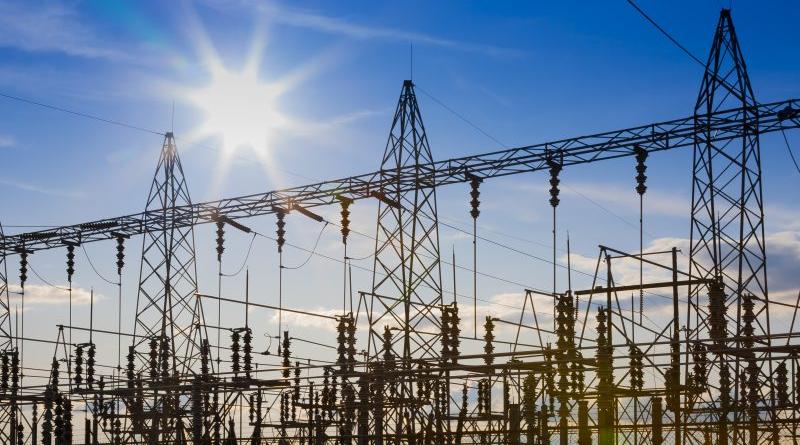Electricity market design: one size won’t fit all

The energy crisis has highlighted imperfections in the EU power market. The current rules were created almost 30 years ago with the aim to incentivise large conventional power plants, but they now need to be adapted to new challenges, write Joanna Maćkowiak-Pandera and Aleksandra Gawlikowska-Fyk.
Joanna Maćkowiak-Pandera is the president and Aleksandra Gawlikowska-Fyk the director of Power Sector Programme at Forum Energii, a Polish think-tank.
Poland has always been, to say the least, cautious about the energy transition. As an argument against this, it said that the change would be too expensive and does not support energy security based on domestic coal.
These were mainly political declarations, but the desperate attempts to maintain the status quo have become counterproductive. Security of supply is deteriorating and energy prices continue to be high, even as the situation in the gas market normalises.
Nonetheless, last year, Poland, which had already started planning to move away from coal, stopped halfway. But the facts in 2023 are that production from hard coal has fallen year on year by 5 TWh and mining output has dropped. Now Poland must move away not only from coal but also reduce gas in its planning.
A change in thinking about renewable energies and the role they have to play in the energy mix in terms of energy security is essential, and this is our homework. It cannot be said that nothing is happening.
Solar energy has grown rapidly in the space of a few years, from 300 MW to over 12 GW. The increase in sales of heat pumps is the highest in the world, reaching nearly 200,000 units in 2022.
However, onshore and offshore wind energy development is slow and inadequate to meet the needs. In the context of the ongoing electricity market discussion, the key factors in our view are:
- right price signals for the transition,
- secure capacities that will balance the system, and,
- bringing energy companies’ excess profits under control.
Right price signals – for what is needed
In the electricity market, not only is generation important but also transmission and distribution to the consumer. Yet, planning for development in these areas in Poland and many EU countries are not keeping pace with the needs.
Connection refusals by distribution system operators (DSOs) are commonplace. The solution lies in an ambitious grid development plan, as well as in locational signals.
To put it simply, in the locational market model, the cost of generation is priced along with the cost of delivering electricity to a specific location in the system.
This is an economically efficient solution that will significantly facilitate the integration of Renewable Energy Sources (RES) and energy storage in the system, which from the perspective of a country with an underdeveloped grid, is most important.
Locational markets are successfully operating in many countries in the world. Not in the EU, however, where the market is divided into very large zones with a single wholesale price, which leads to significant inefficiencies.
The costs of transmission and congestion are shared between all market participants, regardless of where the customer is located or the barriers that must be overcome to supply the customer with electricity. The locational model has its limits, but they can be overcome.
Capacity market
The capacity market is a thorn in the EU’s side. Securing capacities in the support mechanism entails high costs for consumers, the risk of unfair treatment of energy sources, and, in Poland’s case, vast CO2 emissions.
The 2025 timeline for when the oldest coal units will stop receiving capacity payments has been known for years, but Poland has ignored the problem of its deteriorating capacity balance.
Now, Poland’s non-paper on electricity market design proposes “a temporary extension of the derogation from the 550 g CO2/kWh emission limit, in order to reduce the volume of natural gas consumed by the power sector and provide baseload capacity”.
The need to avoid the gas trap is correct, but the most important tool to do that is to boost RES. Firm capacities will also be a challenge for Warsaw.
The last two capacity market auctions moved this scheme in the clean direction, with DSR, storage, cross-border capacities, and only some gas units winning contracts. This trend must be consistently maintained and with a much greater boost for such resources, particularly storage.
Any extension of support for coal units must be linked to the presentation of a viable plan to unlock the RES potential. milestones. Coal can then be moved to a non-market strategic reserve with CO2 limits.
Bringing excess profits under control
The problem of high gas prices does not affect Poland as much because, in electricity generation, it is primarily coal units that close the merit order.
At the height of the crisis, in the summer of 2022, prices in Poland were below the EU average, although it still turned out that companies had set very high margins.
Among the weaknesses of the system are the limited competencies and control tools available to the Energy Regulatory Office. Enhancing the role of regulators in market control will be key.
In the context of inframarginal generation sources, Poland moved away from so-called green certificates a few years ago and support for renewable sources is granted as contracts for difference, which stabilises revenues.
The merit order rule is correct, but it is for conventional sources, for which the price of fuel is important. For renewables with low variable costs, CfDs or PPAs are the solution.
Conclusion
The huge energy crisis has sharpened consumers’ fears about costs and disruptions of the electricity supply. There is no one solution that will fit the needs of each and every country. However, change is needed and must not be feared.
It’s time to “think different,” as Steve Jobs loved to say when designing its innovative products years ago.
The European energy transition is the most innovative policy product in the world. The aim of a reliable, secure, cost-effective system requires Poland and the EU to think differently and act now
COVER: ow, Poland’s non-paper on electricity market design proposes “a temporary extension of the derogation from the 550 g CO2/kWh emission limit, in order to reduce the volume of natural gas consumed by the power sector and provide baseload capacity”. The need to avoid the gas trap is correct, but the most important tool to do that is to boost RES. But firm capacities will also be a challenge for Warsaw. [Shutterstock / Patrick Jennings]






